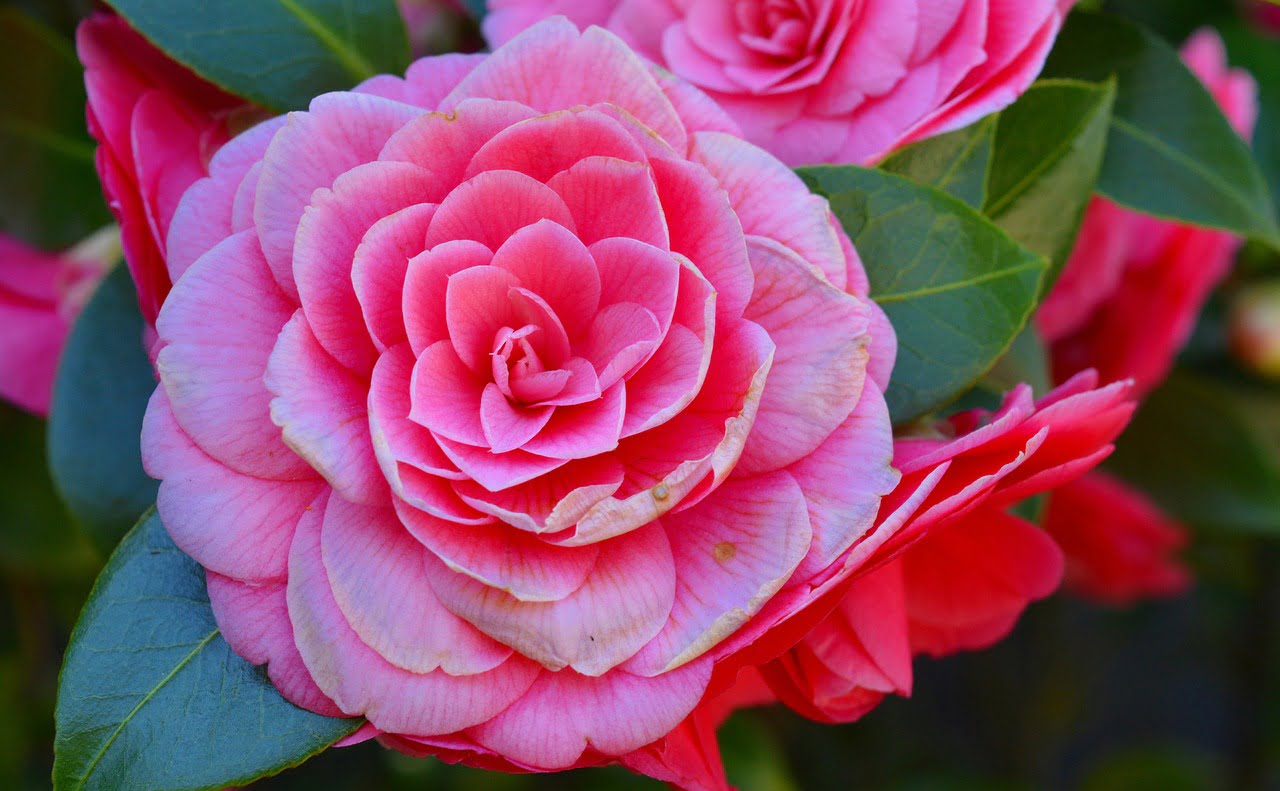
Camellia planting tips
Camellia is a beautiful flowering plant that is highly sought after for its elegant blooms and lush foliage. With a wide variety of species and cultivars available, camellias are a popular choice among garden enthusiasts. In this article, we will explore the art of Camellia planting tips, providing you with valuable information on how to successfully grow and care for these stunning plants.
Table of Contents
Camellia planting tips
- Introduction
- Understanding Camellias
- Selecting the Right Camellia Species
- Choosing the Perfect Location
- Preparing the Soil
- Planting Camellias
- Watering and Fertilizing
- Mulching and Weed Control
- Pruning and Training
- Dealing with Pests and Diseases
- Extending the Bloom Season
- Companion Planting
- Propagation Techniques
- Camellia Care Tips
- Conclusion
- FAQs
Introduction
Camellia planting tips are native to eastern and southern Asia and are known for their vibrant flowers that bloom in various colors, including shades of red, pink, white, and even yellow. These plants can add a touch of elegance and beauty to any garden or landscape.
Understanding Camellias
Camellias belong to the family Theaceae and the genus Camellia. They are evergreen shrubs or small trees that typically have dark green, glossy leaves. The flowers of camellias are large and showy, with a distinctive shape and texture.
Selecting the Right Camellia Species
When choosing a camellia species for your garden, it’s essential to consider factors such as climate, soil conditions, and desired bloom time. Some popular camellia species include Camellia japonica, Camellia sasanqua, and Camellia reticulata, each with its unique characteristics.
Choosing the Perfect Location
Camellias thrive in partial shade to protect their delicate blooms from harsh sunlight. Select a location in your garden that provides filtered sunlight or morning sun and afternoon shade. Ensure the area has good drainage and is protected from strong winds.
Preparing the Soil
Camellias prefer acidic soil with a pH range between 5.0 and 6.5. Test the soil pH and amend it with organic matter, such as well-rotted compost or peat moss, to achieve the desired acidity level. This will ensure optimal growth and development of your camellias.
Planting Camellias
Dig a hole that is slightly larger than the root ball of your camellia plant. Gently remove the plant from its container and place it in the hole, ensuring the top of the root ball is level with the soil surface. Backfill the hole with soil, firming it gently around the roots. Water thoroughly to settle the soil.
Watering and Fertilizing
Proper watering is crucial for camellias, especially during the establishment phase. Keep the soil consistently moist but not waterlogged. Applying a layer of organic mulch around the plant will help retain moisture and regulate soil temperature. Fertilize your camellias with a balanced, slow-release fertilizer formulated for acid-loving plants.
Mulching and Weed Control
Mulching around your camellias helps conserve moisture, suppress weed growth, and maintain an even soil temperature. Apply a layer of organic mulch, such as bark chips or pine straw, around the base of the plants. Regularly check for weeds and remove them promptly to prevent competition for nutrients and water.
Pruning and Training
Pruning camellias is essential to maintain their shape, promote airflow, and remove dead or diseased branches. It is best to prune immediately after flowering to avoid cutting off next year’s buds. Train young camellias by gently bending and tying branches to shape them as desired.
Dealing with Pests and Diseases
Camellias can be susceptible to pests like aphids, scale insects, and tea scale. Regularly inspect your plants for any signs of infestation and take appropriate measures, such as using insecticidal soaps or horticultural oils. Camellias can also be affected by diseases like root rot and leaf spot, which can be managed through proper watering, good drainage, and removing infected leaves.
Extending the Bloom Season
If you want to extend the bloom season of your camellias, consider planting varieties with different flowering times. By selecting early, mid, and late-season cultivars, you can enjoy a prolonged display of blooms in your garden.
Companion Planting
Companion planting involves strategically placing plants together to create mutually beneficial relationships. Some suitable companion plants for camellias include ferns, azaleas, rhododendrons, and hellebores. These plants not only enhance the aesthetic appeal of your garden but can also provide shade and improve soil conditions.
Propagation Techniques
Camellias can be propagated through various methods, including seed germination, grafting, and cuttings. Each technique has its advantages and challenges, so choose the one that suits your skills and resources.
Camellia Care Tips
To ensure your camellias thrive, follow these care tips:
- Regularly monitor soil moisture and water as needed.
- Apply a layer of mulch to conserve moisture and suppress weeds.
- Prune after flowering to maintain shape and remove dead or diseased branches.
- Protect from extreme temperatures, especially during winter.
- Monitor for pests and diseases and take appropriate action.
Conclusion
Camellias are exquisite plants that bring beauty and elegance to any garden. By following proper planting and care techniques, you can enjoy the vibrant blooms and lush foliage of these remarkable plants for years to come.
FAQs
1. How often should I water my camellias?
Camellias prefer consistently moist soil, so water them regularly, especially during dry periods. Avoid waterlogging the soil.
2. Can camellias tolerate full sun?
Camellias thrive in partial shade or filtered sunlight. Direct sunlight for prolonged periods can scorch the leaves and flowers.
3. How long do camellia blooms last?
The blooming period of camellias varies depending on the species and cultivar. It can range from a few weeks to several months.
4. Can I grow camellias in containers?
Yes, camellias can be grown in containers, but make sure to choose a suitable compact variety and provide adequate drainage.
5. Do camellias require pruning?
Pruning camellias is beneficial for maintaining their shape and removing dead or diseased branches. Prune immediately after flowering.